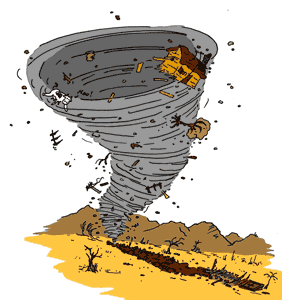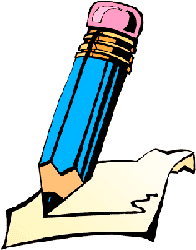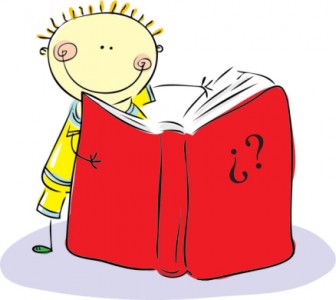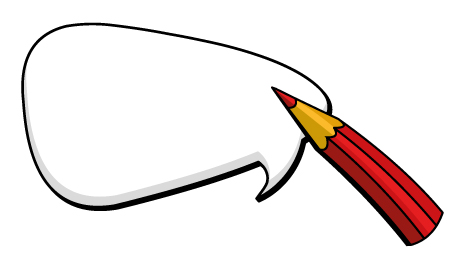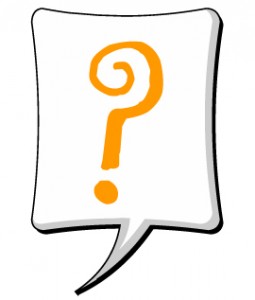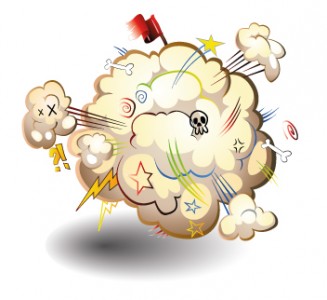Time is one of our major shortcomings. We always seem to be running from one place to the other as if we were the White Rabbit from Alice in Wonderland, “I’m late! I’m late!” This constant hurry also affects us when it comes to writing. Typically, our daily chores, work, family, social relationships, studies, etc. leave us with very little spare time to write; in addition, we have a tendency to postpone our writing sessions and leave them for the end of the day.
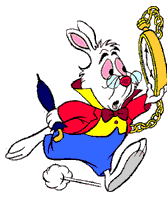
The problem is we’re usually very tired by the end of the day. As a result, we don’t offer any resistance to the excuses our brains come up with for not writing. Writers are very good at rescheduling our writing sessions. There’s often something very important that needs to be done at the very moment of writing, or perhaps we feel very tired and think we’ll produce nothing of value … nonsense! All we achieve is another day without writing anything.
Don’t fool yourself. If you want to be a writer, you have to write every day – no excuses. Here are some tips for how can do it, no matter how many obligations you have.
 This site uses cookies. By continuing to browse the site, you are agreeing to
This site uses cookies. By continuing to browse the site, you are agreeing to 